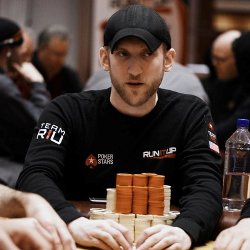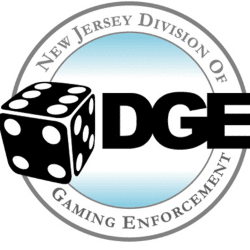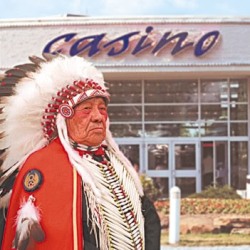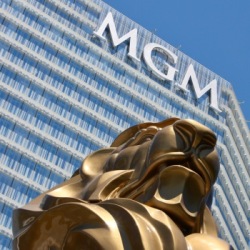Changing Face of Sponsorship Deals in Poker
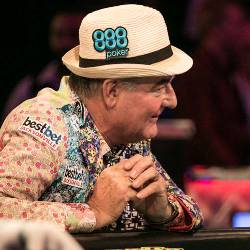
On April 15, 2011, the Department of Justice blocked PokerStars and a number of other major poker operators from offering their products in the US, after which the global industry was never quite the same again. The poker bubble had effectively burst, and the game’s ability to survive and grow in other countries was about to be severely tested, especially with such a large and important market as the US now cut off from the rest of the world.
Just under seven years later and the industry is now very different indeed, but even though some aspects of online poker have disappeared completely post-Black Friday, many new things have also emerged, some of which are discussed in this article.
Sporting Brand Logo Deals
In 2003, Chris Moneymaker won the World Series of Poker Main Event for $2.5 million after qualifying for the $10,000 buy-in tournament via an $86 online satellite. While the every-man’s victory was spectacular enough, his later sponsorship by PokerStars created something of a new phenomenon for the poker industry.
At this time, poker was becoming increasingly popular, with the game regularly shown on the small screen, leading to a huge increase in viewers tuning in to watch televised recordings of the World Poker Tour (WPT), WSOP, and other poker shows which were emerging. This subsequently resulted in those online poker sites desperate to be on television increasing their advertising budgets and approaching final table players with lucrative cash deals in return for wearing their patches.
In fact, there was so much competition for successful players to wear brand logos that players would often have to assign someone to handle their deals for them. Similarly, online poker sites would also hire people just to offer deals to players likely to reach the latter televised stages of tournaments.
Poker Sponsorships
In addition to wearing brand logos, those players with unique abilities were also offered long-term sponsorship deals, with Chris Moneymaker providing an early ideal choice of brand spokesman for PokerStars. Meanwhile, Full Tilt had its own huge roster of “Red Pros”, including the likes of Chris Ferguson and Howard Lederer, with the growing trend subsequently reproduced by other sites.
Unfortunately, the Unlawful Internet Gambling Enforcement Act (UIGEA) of 2006 put paid to the sponsorship boom, although the practice was still continued on a smaller scale until Black Friday. However, the WSOP and PokerStars soon parted ways, rendering sponsorship deals worthless as American players had now lost the ability to play on the sites that they had previously been representing. This all came as a double blow to those US players who had made money during the sponsorship era, but were now unable to play online poker in their own country.
All Stations Change
The harsh reality of the new post-Black Friday landscape only became apparent a few months later when poker pros with sponsorship deals in place with UltimateBet, Full Tilt, and Absolute Poker lost their deals, as well as the money that they still had in their accounts.
On the other hand, PokerStars had somewhat more leverage, with many of its pros maintaining their deals, albeit with less benefits. Moneymaker, Barry Greenstein, and Daniel Negreanu, for instance, maintained their team pro status because of their worldwide name recognition and willingness to travel to Canada and play the occasional game or tournament series on the site. Other players from the UK, such as Liv Boeree, were also safe, but even so, many players lost their deals and their livelihoods in one damaging blow.
Evolving Nature of Sponsorship Deals
A new poker landscape has since emerged from the ashes that allows room for some new sponsorship deals to be offered by operators. This is because it became obvious over time that players were able to benefit sites such as PokerStars with their large fan bases and social media followings, in addition to their ability to travel to other countries to play online poker. A great example of this is provided by Jason Somerville, who showed that it was possible to gather a global audience via his regular Twitch streams, while introducing new people to the game, especially in the newly regulated US markets, and New Jersey in particular.
While the number of sponsorships have decreased dramatically since Black Friday, the value of the sponsorships deals themselves have increased in value just as much. Moreover, those pros fortunate enough to be offered deals are now working harder than ever before to prove their worth, and be viewed as true entrepreneurs in a new age of poker.
